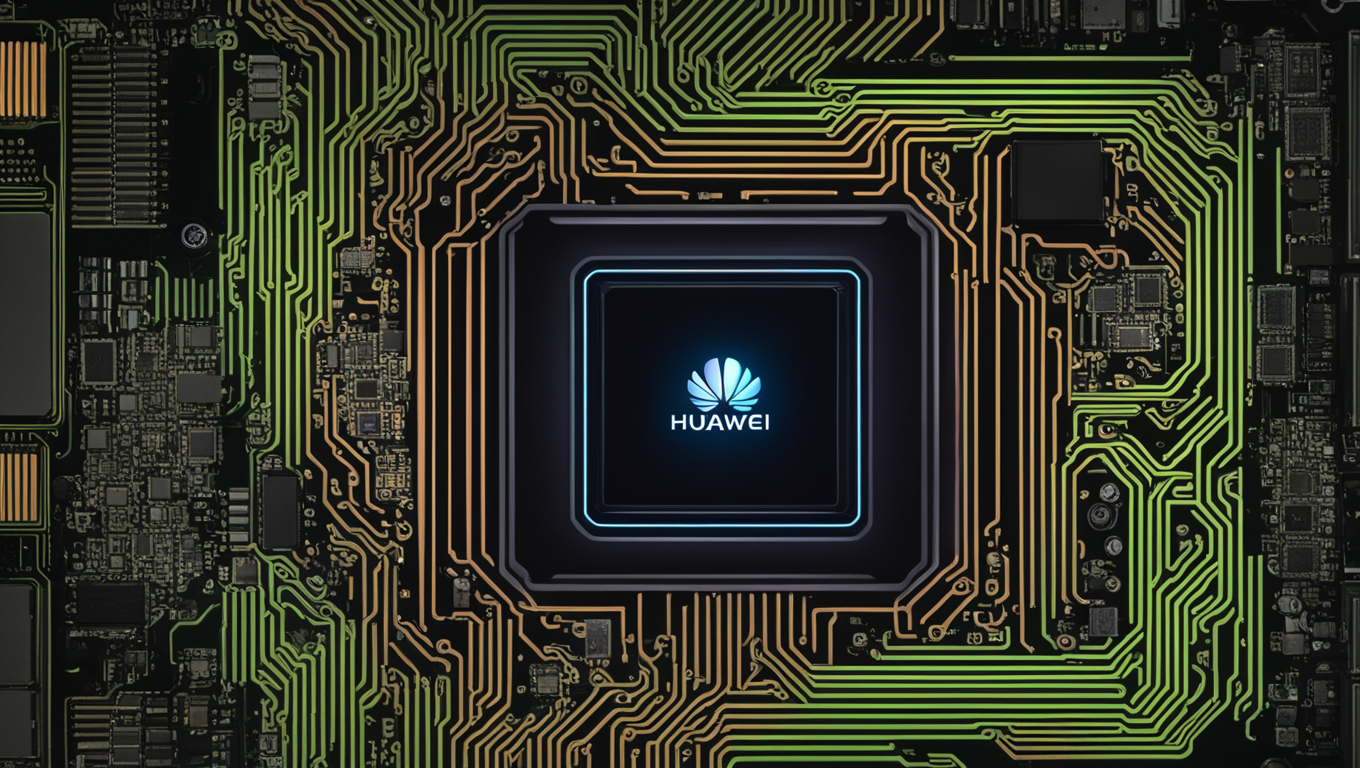U.S. restrictions on the export of advanced artificial intelligence chips may give Huawei Technologies the opportunity to expand in the Chinese market, potentially filling the void left by Nvidia, according to analysts. While Nvidia has traditionally held over 90% market share for AI chips in China, Chinese companies like Huawei have been developing their own versions. Jiang Yifan, chief market analyst at brokerage Guotai Junan Securities, believes that the U.S. restrictions are actually a gift to Huawei. However, there are challenges that Huawei must overcome in order to compete with Nvidia. Many cutting-edge AI projects are built using Nvidia’s programming architecture, CUDA, which has created a ecosystem capable of training sophisticated AI models. Huawei’s own version, called CANN, is more limited in terms of AI model training capabilities, making it a less viable substitute. Additionally, intellectual property rights pose a problem since many U.S. firms hold key patents for GPUs.
If Huawei manages to claim Nvidia’s market share, it would be another victory against the United States, which has been targeting the company with export controls since 2019. Huawei aims to become a key provider of computing power for AI and build a computing base for China, offering the world an alternative to the dominant provider, the United States. Huawei’s partners in China, such as iFlyTek and state-owned software firms Tsinghua Tongfang and Digital China, are already using Huawei’s Ascend chips for AI training and development.
Charlie Chai, an analyst with 86Research, believes that Nvidia’s ecosystem dominance can be overcome if domestic players like Huawei are given enough time and a large customer base. China’s push for self-sufficiency in technology, which has been championed by President Xi Jinping, is likely to aid Huawei’s expansion in the AI chip market. While there may be a small disruption in near-term supplies, the long-term goal of self-sufficiency aligns with China’s agenda.
This opportunity for Huawei comes amidst ongoing tensions between the United States and China regarding technology and trade. The U.S. restrictions on AI chip exports to China create an opening for Huawei to establish a stronger foothold in its home market. Should Huawei successfully compete with Nvidia and gain market share, it would demonstrate the company’s resilience in the face of export controls and contribute to China’s push for self-sufficiency in technology.
“While Huawei still has some catching up to do in terms of performance and ecosystem, the U.S. restrictions have provided an opportunity for the company to make significant strides in the Chinese AI chip market,” says Jiang Yifan, chief market analyst at brokerage Guotai Junan Securities.
Huawei’s Ascend AI chips, while comparable to Nvidia’s in terms of raw computing power, still lag behind in performance. Additionally, Nvidia’s CUDA programming architecture has given rise to a massive global ecosystem capable of training sophisticated AI models. Huawei’s own version, known as CANN, is more limited in terms of the AI models it can train, making it less appealing as a substitute for Nvidia’s chips. In order to compete with Nvidia, Huawei will need to replicate the ecosystem Nvidia has created, including supporting clients to transfer their data and models to Huawei’s platform.
Woz Ahmed, a former chip design executive turned consultant, explains that overcoming Nvidia’s ecosystem dominance will be a challenge for Huawei. “To get something that’s in the ballpark, it will take 5 or 10 years,” Ahmed adds. Additionally, intellectual property rights pose another obstacle for Huawei, as many U.S. firms already hold key patents for GPUs.
However, if Huawei is able to gain Nvidia’s market share, it would be a significant victory for the Chinese company and a blow to the United States. The U.S. has been targeting Huawei with export controls since 2019, and Huawei has been working to overcome the restrictions. The company has rolled out its own Ascend GPUs and made advancements in chip design tools. It aims to become a key provider of computing power for AI and build a computing base for China. By doing so, Huawei would not only compete with Nvidia but also offer the world an alternative to the dominant technology provider, the United States.
Huawei’s partners in China, such as iFlyTek, Tsinghua Tongfang, and Digital China, are already using Ascend chips for AI training and development. iFlyTek, which was also blacklisted by the United States in 2019, plans to develop a general-purpose AI infrastructure in China alongside Huawei. Together, they aim to enable domestically developed AI models to be built using homegrown hardware and software technology.
While Nvidia’s ecosystem dominance may initially seem like an insurmountable obstacle for domestic players like Huawei, analysts believe that with time and a large customer base, Chinese companies can make significant strides. President Xi Jinping’s push for self-sufficiency in technology is likely to support Huawei’s expansion in the AI chip market. While there may be a small disruption in near-term supplies, the long-term goal of self-sufficiency aligns with China’s agenda, providing a boost to domestic players like Huawei.





Use the share button below if you liked it.